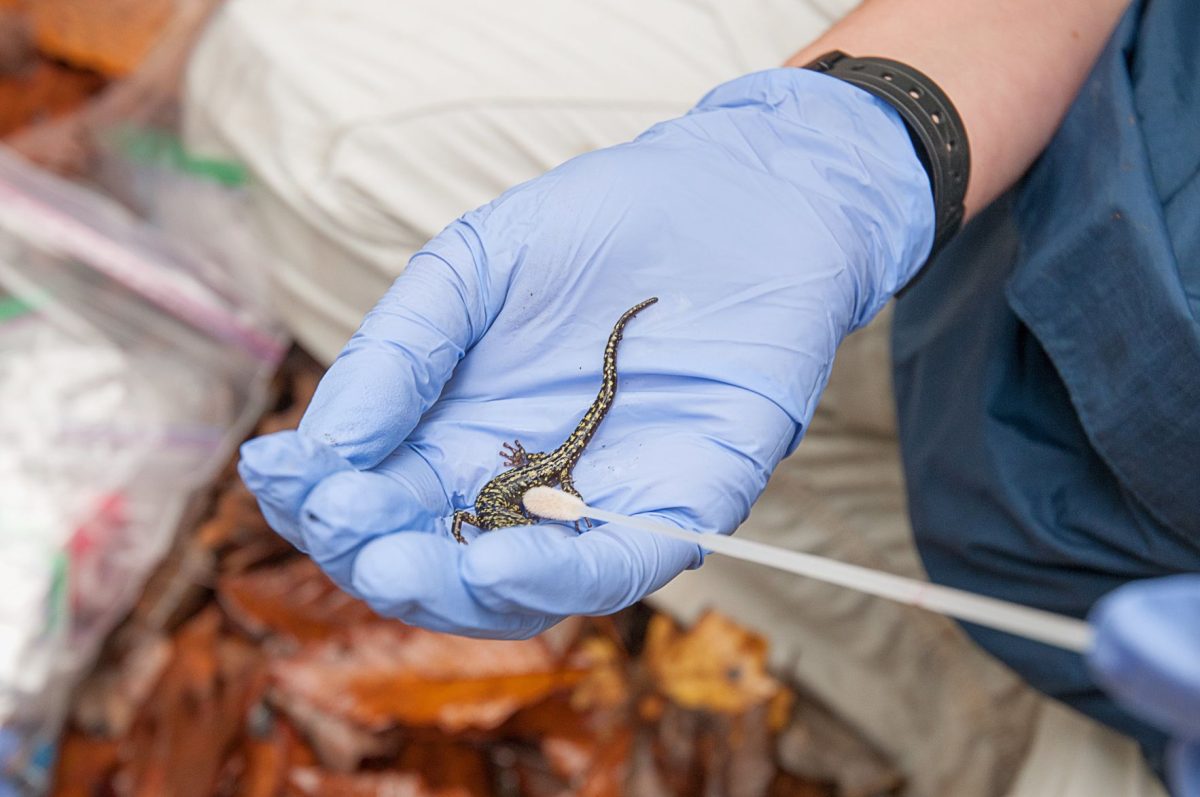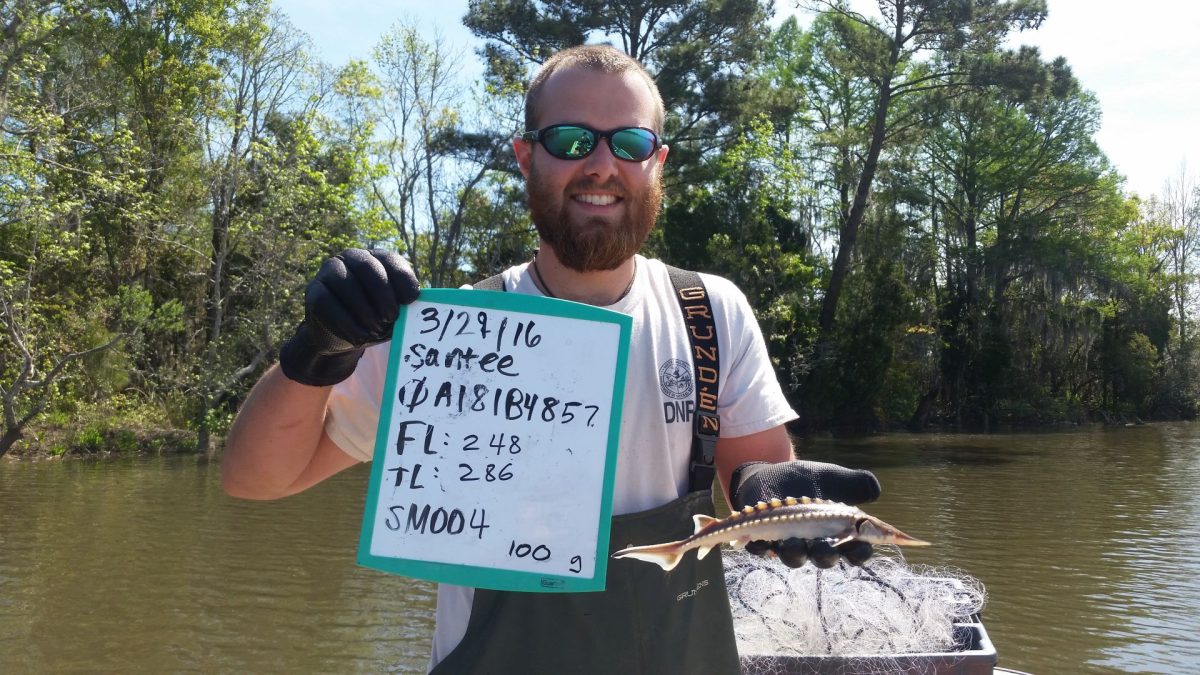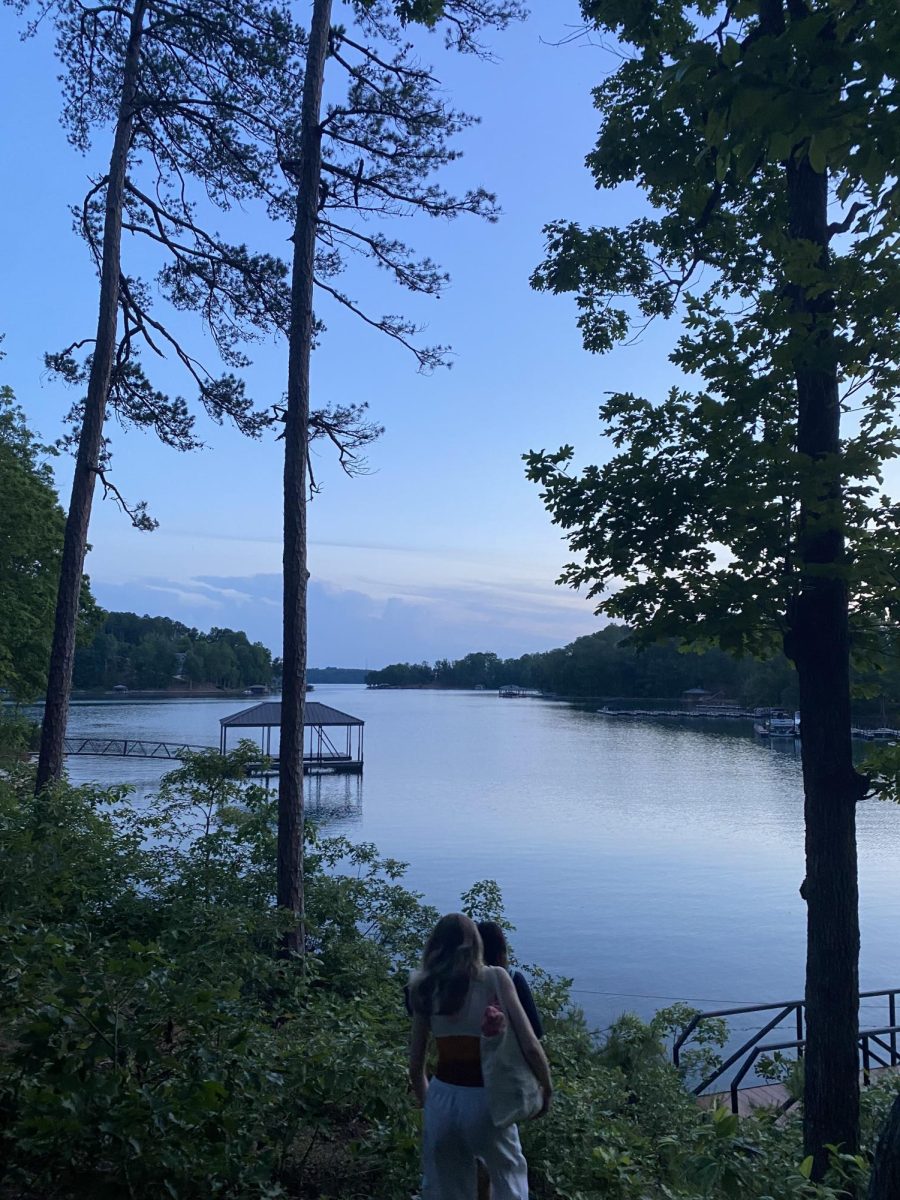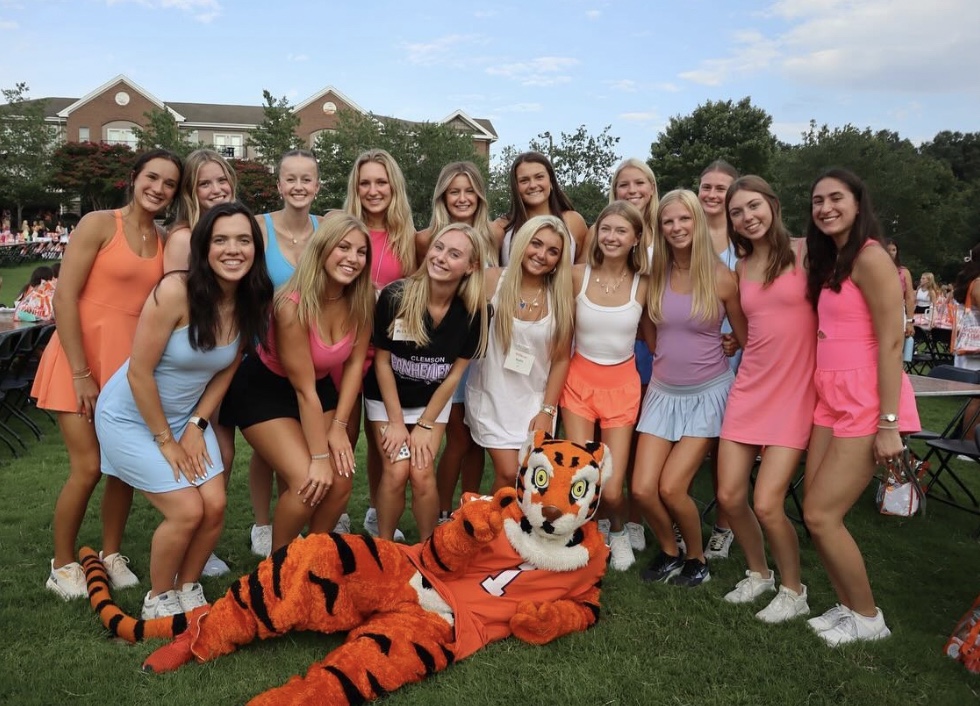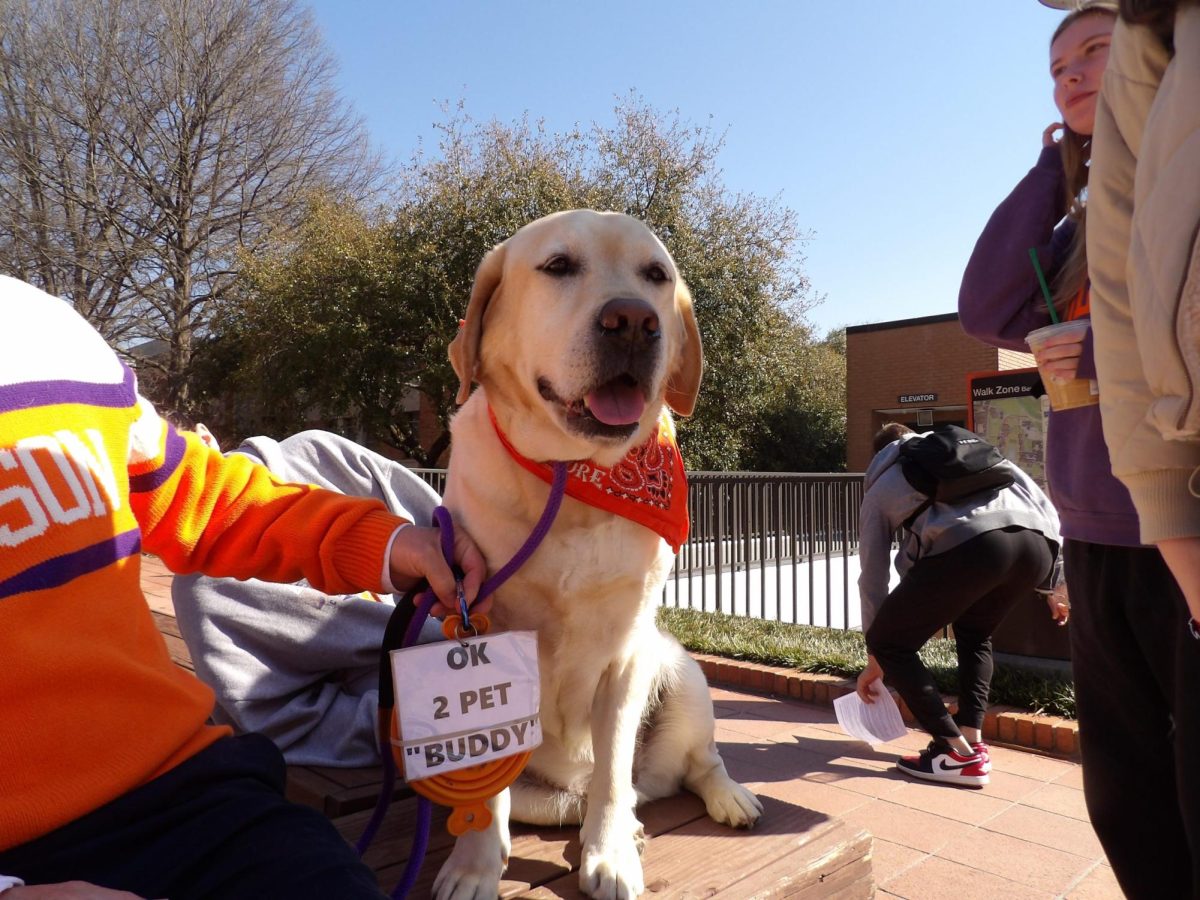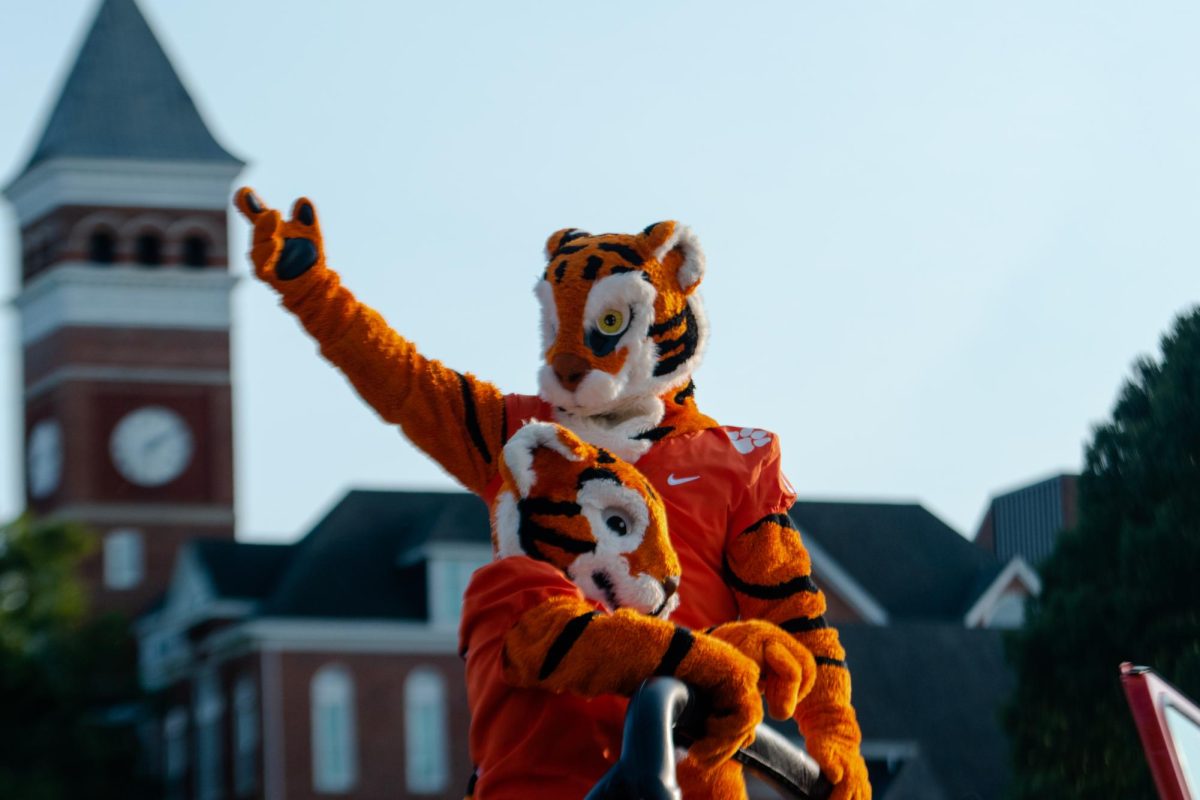Esteemed ecologist and writer Aldo Leopold once famously quipped, “There are some who can live without wild things and some who cannot.”
Clearly inspired to carry out the mission of Leopold and other conservationists of yore, the students belonging to Clemson University’s Natural Resources Graduate Student Association are among those who can and, through their graduate research, are doing their part to make a major difference in the broad-based field of the natural sciences.
A proactive organization built around the noble theme of fostering the natural world to the utmost extent, NRGSA promotes networking and hands-on interactivity between its Clemson University graduate student members, most of whom belong to the Department of Forestry and Environmental Conservation, professors in similar fields and undergraduates hoping to garner valuable learning experiences.
From seminars to altruistic wilderness activities, Clemson NRGSA is one of South Carolina’s most impactful collegiate nature-based organizations, with its members promoting the advancement of knowledge in a multitude of natural science fields by way of making a difference in the community.
Unified by the common vision of promoting the sustainability of the natural world and the shared passion for wildlife-related research, the Clemson University graduate students that the NRGSA student body is composed of have been heavily influenced by their respective graduate programs, with five particular members engaging in research as part of Clemson’s wildlife and fisheries master’s program.
Pallavi Sirajuddin, the 2016-17 NRGSA president, is a prime example of one who boasts a keen understanding of the broad-based importance of the natural world.
“It’s easy to desensitize yourself from the natural environment when there are so many issues in the world,” Sirajuddin posited, “but putting yourself in the field forces you to comprehend the positive or negative changes in nature.”
Sirajuddin conducted research on the effects that white-nose syndrome, an insidious fungal disease that plagues millions of bats throughout North America, has on tri-colored bats in the Clemson area and other regions of the Southeast, specifically Florida and Mississippi.
More than just a burgeoning scientist, Sirajuddin is an instrumental young voice in the field of wildlife science, using her leadership position with NRGSA to promote environmental education and conservation.
Furthermore, those passions and pursuits have been catalyzed and proliferated since Sirajuddin took part her master’s studies in wildlife and fisheries, a program that she was incredibly proud to be a part of.
“I believe that our graduate program has a lot of talented and passionate students studying various ecological and conservation topics. I think the program is only going to continue to grow,” said Sirajuddin, who earned her master’s degree in 2018.
Like Sirajuddin, fellow master’s student and 2017-18 NRGSA president Katie Teets performed field work involving white-nose syndrome, conducting highly ingenious and inventive research centered upon how the affliction of white-nose syndrome has affected niche partitioning in certain bat species of South Carolina.
Worldly in a literal and figurative sense, Teets was inspired to study bats as an undergraduate after taking part in an eye-opening study abroad trip to South Africa and Swaziland that featured bat foraging studies. Since then, her sage understanding of the natural world and its importance has blossomed.
“I have always taken particular notice of nature around me, and it’s where I feel most comfortable. I always ask myself questions about what I see,” said Teets.
An educator by nature, Teets, who also received her master’s in 2018, meshed well with her NRGSA compatriots and hopes to further the cause of her association throughout her professional tenure by shedding light on all that can and should be known and done as it relates to the natural world.
“I feel that educating the public is an area that can be focused on in order to get the general public to develop a connection with the natural world,” said Teets. “If someone has a connection to something that needs to be conserved, they’ll care enough to do something about it.”
Jill Newman, the 2016-17 vice president of NRGSA, is definitely doing something about it. An adept researcher, Newman was a shining star in the field, laboratory and classroom at Clemson University. As a herpetologist, Newman studies the distribution and physiology of local salamander species, particularly green salamanders, and, during her time as a master’s student, she was a driving force behind involving Clemson undergraduates in wildlife and fisheries-related research, preparing them for their futures as environmental researchers.
She worked with several undergraduate field technicians throughout her Clemson tenure and also served as a teaching assistant for undergraduate laboratory courses. Highly diverse in her broad array of skill sets, Newman, another 2018 master’s recipient, took advantage of all that her graduate program had to offer and greatly enjoyed the bevy of learning experiences that it provided her with.
“Clemson University’s program teaches its students to think broadly by incorporating different fields of science into their projects,” said Newman.
Wise beyond her years, Newman recognizes the tenuous nature of the environment and the wherewithal and fortitude that one must have in order to protect that very nature.
“Threatened and endangered species is a very complex research area. Although it can be rewarding at times, it requires a lot of patience, hard work, determination and a positive attitude,” said Newman.
Newman understandably addressed the attributes necessary of becoming a successful wildlife researcher, and Josh Vine is teeming with those attributes. Vine, a fisheries enthusiast with a primary interest in the spawning habits of Atlantic sturgeon in the Savannah River, is the perfect epitome of a committed environmental researcher.
“I’ve spent hundreds of hours in the rivers of South Carolina setting gill nets, manually tracking fish outfitted with transmitters and downloading receivers to obtain data,” Vine recalled. “I view the natural world as my office.”
Like his fellow NRGSA alumni, Vine serves as a beacon of hope in an age that oftentimes sees the natural world get taken advantage of. Negatively affected by overfishing and excess damming, the sturgeon population that served as the crux of Vine’s research provided the former master’s student with a firsthand reminder as to why he and his colleagues do what they do.
“More than anything, there needs to be awareness that these fish are still swimming around in our rivers,” said Vine, who completed his master’s in 2018.
Although it might seem simple, merely drawing awareness to the existence of species, in addition to the needs that they require for sustainability, is a top priority for any conservation enthusiast, and it serves as the ultimate calling card for NRGSA. An organization molded around the belief that preserving the integrity of the natural world is a team effort, requiring an informed, conscientious public, NRGSA is driven by the passion for research and environmental justice held by all of its members and constituents.
Jesse Woodsmith, a former master’s student who studied songbird diversity, is a shining example of the type of leaders taking part in NRGSA’s efforts, as her conjoined passions for wildlife and human dimensions have made for a rather fascinating research focus. A scientist by practice and a people person by nature, Woodsmith went above and beyond the call of duty to gather field data that correlated private landowner land management practices and songbird diversity levels.
“I’m passionate about private lands conservation,” Woodsmith said when discussing the inspiration for her work. “We can’t protect all species and ecosystems on set-aside preserves or parks. I enjoy working with private landowners because I think it’s a mutually beneficial learning and teaching opportunity.”
Like her peers, Woodsmith, who garnered her master’s in 2018, reaped the benefits of the abundance of resources and connections offered by Clemson University, particularly its role as a base for the South Carolina Cooperative Fish and Wildlife Research Unit.
Affiliated with the South Carolina Department of Natural Resources, the United States Fish and Wildlife Service, the Wildlife Management Institute and the United States Geologic Survey, Clemson’s Department of Forestry and Environmental Conservation is well-connected and firmly entrenched at the core of many of South Carolina’s leading environmental science efforts.
Those broad-based connections have enabled NRGSA’s members to foster relationships that have aided their long-term goals involving both community service projects conducted via NRGSA and research performed through their graduate assistantships.
The sheer importance of those valuable connections is not lost on any of the aforementioned young scientists, and for Woodsmith, whose research was centered upon human dimensions, those connections have proven to be especially valuable.
“I feel that this kind of work helps keep an important perspective in the discipline of ecology and environmental conservation. You can’t take humans out of the equation. Every little thing we do impacts the landscape around us and the people who manage land,” said Woodsmith.
Fueled by their desire to protect and nurture the natural world, these five inspiring researchers are making waves by way of their commitments to their individual crafts. Whether it be through their pursuits in striving to find answers surrounding a surreptitious fungal disease or intrepidly exploring as many nooks, crannies and crevices as possible in the hunt for amphibians, the graduate students leading the charge for NRGSA and its noble causes are truly devoted due to a passion and love for all things wild.
When speaking on her vision for a picturesque future as a wildlife scientist, Teets said, “I want to be able to conduct research that will help in management decision-making, and I want to be a mentor for up-and-coming biologists, as well.”
It is safe to say that Teets speaks for all of her fellow NRGSA comrades in that regard, as their respective goals are built around a dream for a brighter tomorrow, in which their passions and pursuits will be carried onward by the next generation of ardent scientists.
In the meantime, through their passion and dedication to education and research, the brilliant minds manning the charge to bolster environmental science after serving the greater good in NRGSA are well on their way to leaving their own unique, indelible marks on the scientific spectrum. And with the impeccable devotion that Newman, Sirajuddin, Teets, Vine and Woodsmith all have for science, the remarkable legacies that they left behind at Clemson University will assuredly translate to the scientific world at large.
Josh Vine, a fisheries enthusiast with a primary interest in the spawning habits of Atlantic sturgeon in the Savannah River, is the perfect epitome of a committed environmental researcher.


